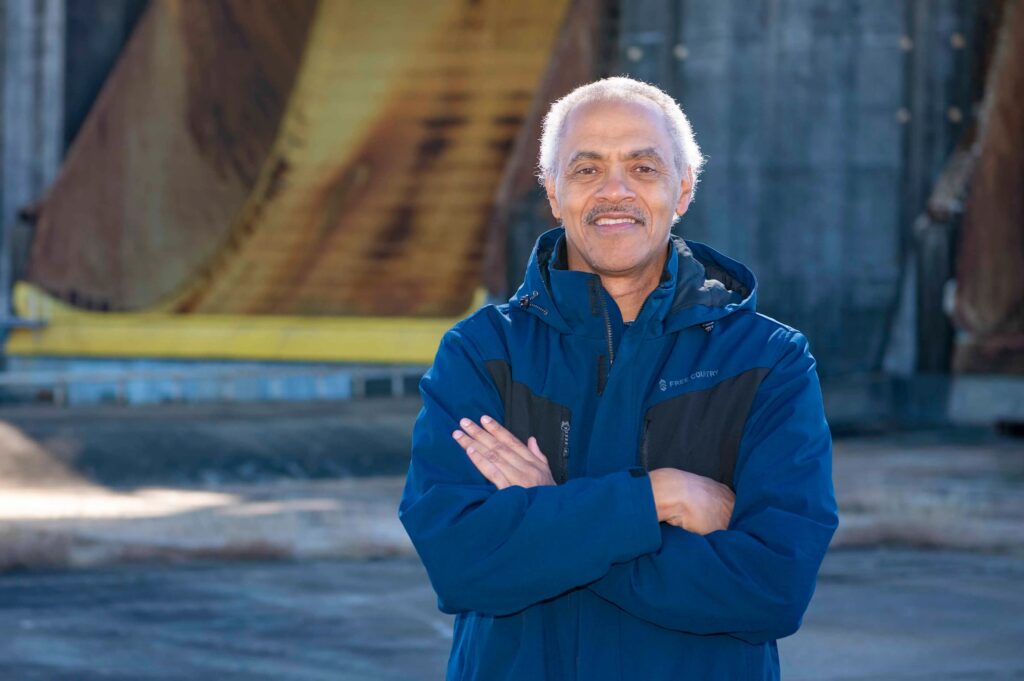Team Mindset Fuels NASA Stennis Test Operations Leader
Published 6:24 pm Monday, February 5, 2024
By NASA/Danny Nowlin
One thing has remained constant throughout Maury Vander’s career with NASA – the satisfaction of being part of a team working to innovate and benefit the agency and the aerospace industry at large.
As chief of the Test Operations Division at NASA’s Stennis Space Center, Vander provides guidance and help with technical challenges to a group of electrical and mechanical engineers performing test operations for NASA and commercial companies.
“With the test team at NASA Stennis, the work doesn’t happen because of one individual,” Vander said. “It’s a total team effort that makes it happen. Our team consists of a diverse group of personalities, experience levels and backgrounds, so you get value from that.”
Vander has contributed in various capacities to four engine programs since coming to NASA Stennis in 1990 as a contract worker and then being hired by NASA in 2000. He performed the role of test conductor for the programs, which included being the first to do so in three of the four programs.
Filling this role allowed him the opportunity to be heavily involved in developing the test processes used during the initial hot fire tests of those engines. He called this a highlight of his career as he witnessed the success of the test campaigns.
A key part of continuing NASA’s mission of exploring secrets of the universe for the benefit of all is developing people to contribute to the agency, which ultimately benefits humanity.
The Slidell, Louisiana, native was once the person that pressed the button and made the ground shake as a conductor of engine tests. Since being promoted to his leadership role in 2012, Vander now helps other people grow into such roles as NASA works to safely carry out Artemis missions to the Moon and beyond.
“You start to gain enjoyment as you watch people develop,” he said. “You watch someone who comes in as a new hire and watch as they develop skills and see what they are capable of doing and you kind of draw a different level of satisfaction with your job.”
Helping people become aware of their potential is something Vander enjoys. When NASA led an outreach event in November at the Bayou Classic in New Orleans to reach deeper into underrepresented and underserved segments of society, Vander was quick to volunteer for the activity and help staff a NASA exhibit tent.
“When I do outreach events like that, I hope I can open their eyes and make a connection,” he said. “And in this instance, I looked a lot like the high school graduating seniors passing by or the freshmen in college going into the game.”
Vander’s message to young people attending the HBCU (Historically Black Colleges and Universities) event was clear. “Forty years ago, I was you,” Vander told students who stopped at the NASA exhibit. “There’s a lot more opportunity now. There’s a lot more skills that are out there that you can take advantage of and go way farther than I went or even thought about going.”
Whether it is welcoming new people or helping develop those already on the team at NASA Stennis, Vander knows most of the success he has experienced can be traced back to the team.
“At the end of the day, I’m going to look back and say there was some good work going on, and there were some great people that I got to interact with,” Vander said. “I would love for them to be able to say of me, ‘It was good to be on a team with him, he treated me not just as a coworker but as a friend, and I’m better for having encountered him.’”





